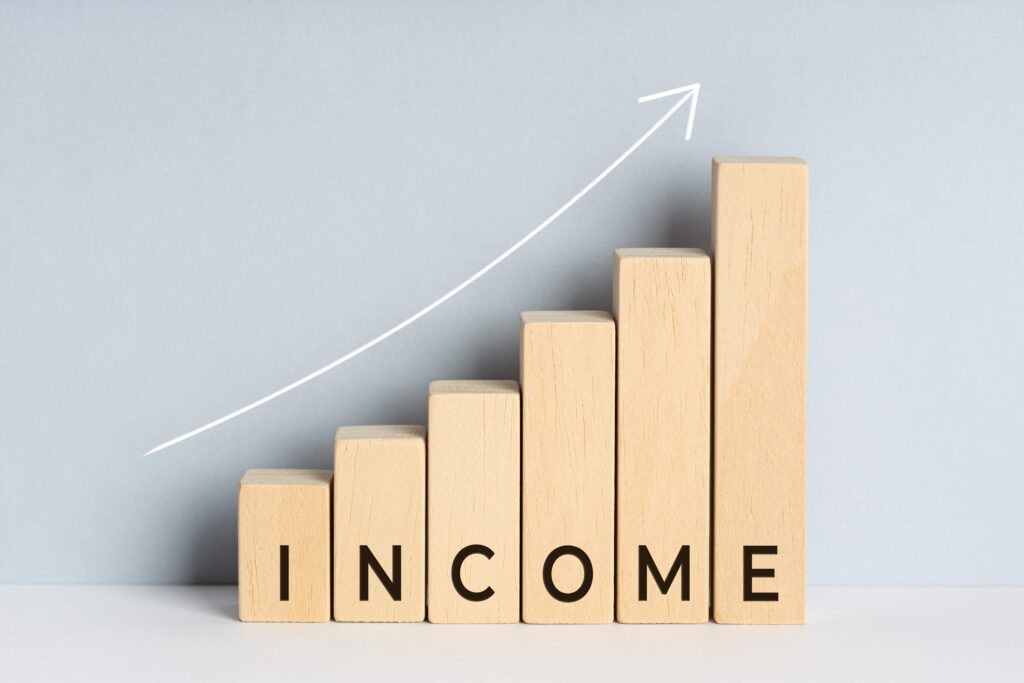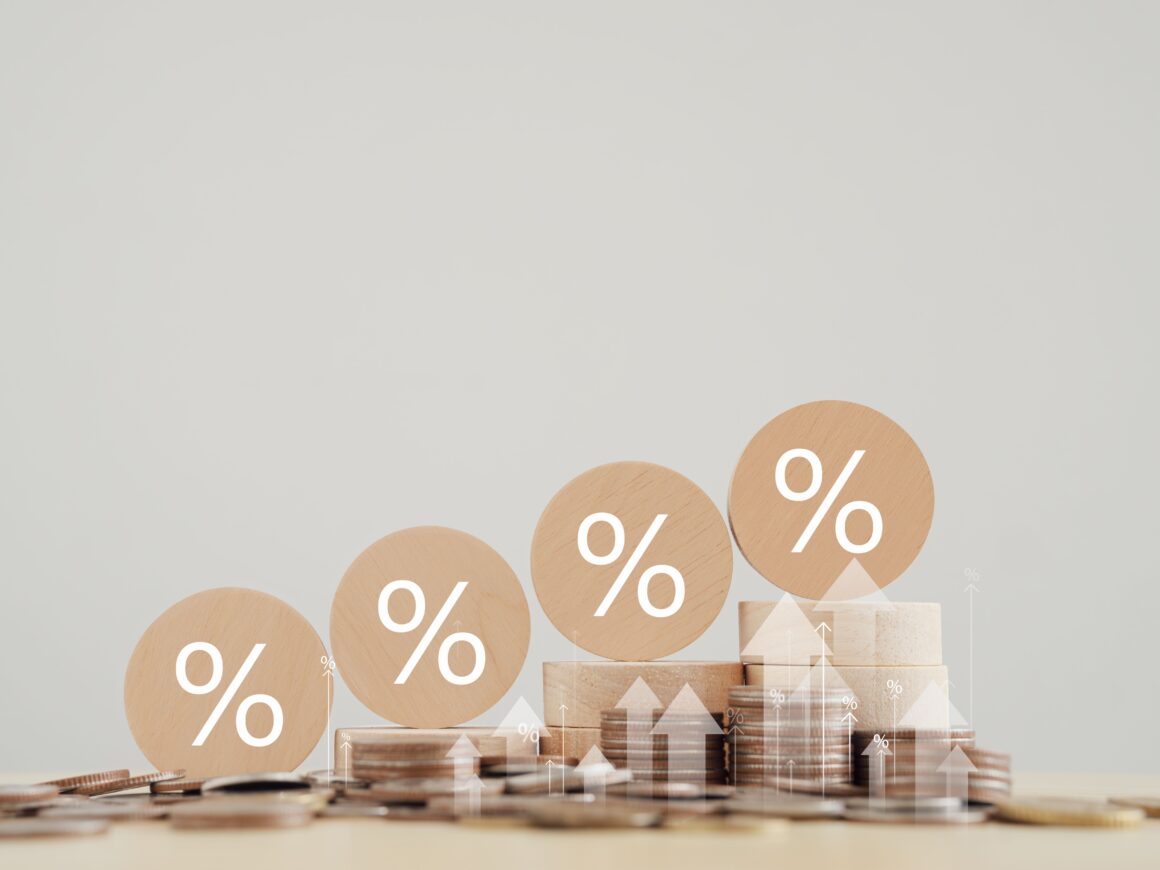As a freelancer, your skills, time, and energy are your most valuable assets. Yet, many African freelancers struggle with one major challenge: knowing when and how to raise their freelance rates. Unfortunately, a large number of African freelancers fall into the trap of undercharging. This often stems from the fear of losing clients, the pressure of competing in a saturated market, or the assumption that clients won’t pay more. But staying stuck at the same rate for too long can lead to burnout, financial stress, and a lack of motivation. You end up doing more work for less money, while your peers who confidently raise their rates move ahead.
The good news is that raising your freelance rates doesn’t have to be scary or risky. When done thoughtfully and at the right time, it positions you as a professional, helps you attract better-paying clients, and allows you to work smarter and not harder.
In this article, we’ll break down how to know when it’s time to raise your freelance rates, the best strategies to do it without losing your current clients, and how to confidently communicate your value. If you’re ready to earn more for the work you already do, this guide is for you.
Why You Should Consider Raising Your Freelance Rates
Raising your freelance rates isn’t just about making more money. It’s about building a sustainable and rewarding career. Here’s why it’s something every African freelancer should seriously consider:
1. The Cost of Living Is Rising
Electricity bills, mobile data, software subscriptions, and workspace rent are costs that add up quickly. In many African countries, inflation and currency fluctuations make it even harder for freelancers to maintain a stable income. If your rates haven’t increased in the last year or two, you’re likely earning less in real terms than when you started.
2. Your Skills and Experience Have Grown
Think about how much you’ve improved since your first project. You now work faster, deliver better results, and probably take on more complex tasks. As your skills grow, so should your rates. Clients aren’t just paying for your time. They’re paying for the value and expertise you bring to their business.
3. Low Rates Can Hurt Your Reputation
Surprisingly, charging too little can turn away serious clients. When you price your services too low, clients may assume you’re inexperienced or not confident in your abilities. Higher rates often communicate quality and professionalism—two traits that good clients are willing to pay for.
4. You Deserve a Better Work-Life Balance
Staying busy with low-paying gigs might feel like progress, but it often leads to burnout. Raising your freelance rates means you can earn the same or more with fewer clients. That gives you more time to rest, upskill, and enjoy life outside of work.

Signs It’s Time to Raise Your Rates
Knowing when to raise your freelance rates is just as important as knowing how. If you’re unsure whether it’s the right time, look out for these clear signs that your current pricing no longer reflects your value:
1. You’re Always Fully Booked
If your calendar is constantly full and you find yourself turning away potential clients, it’s a good indicator that demand for your services is high. When this happens, it’s a smart move to raise your rates. It helps you manage your workload better and filter out low-paying offers while still maintaining your income.
2. You’ve Gained New Skills or Certifications
Have you recently taken a course, learned a new tool, or gained experience with high-level projects? Your enhanced skill set means you offer more value and your pricing should reflect that. For example, a writer who now understands SEO or a designer who can build UI/UX mockups brings more to the table than when they first started.
3. Your Current Rates Can’t Cover Your Needs
If you’re constantly struggling to cover basic business and personal expenses, your rates may be too low. Freelancing is more than just covering survival costs. You should be able to save, invest, and enjoy financial security. Your rates should reflect the full cost of doing business and support a healthy lifestyle.
4. Clients Say You’re Undercharging
If clients are regularly surprised by how “affordable” you are or tell you that you could be charging more, that’s a strong signal. While not every client’s opinion should guide your pricing, consistent feedback like this means it’s time to revisit your rates.
5. You’re No Longer Motivated by Your Projects
Losing excitement over work you once enjoyed could mean you’re feeling undervalued. When you’re not paid what you’re worth, even your dream projects can start to feel like a burden. Raising your rates can reignite your motivation and help you attract projects that challenge and inspire you.
How to Calculate New Freelance Rates
Raising your freelance rates doesn’t mean pulling a number out of thin air. It should be a strategic decision based on your goals, expenses, and the value you provide. Here’s how to calculate a rate that makes sense for you and your clients:

1. Start With Your Monthly Income Goal
Begin by figuring out how much you want (or need) to earn each month. Consider both personal and business expenses, including:
– Rent and utilities
– Food and transportation
– Internet and data
– Software and tools (e.g., Canva Pro, Grammarly, hosting fees)
– Emergency fund and savings
– Health insurance or medical expenses
Once you have a realistic monthly income goal, you can work backward to determine how many billable hours or projects you need to meet that goal.
2. Factor in Non-Billable Time
You won’t spend 100% of your time on paid work. As a freelancer, you also need time for admin tasks, marketing, client communication, learning, and rest. If you want to work 160 hours a month but only 60% of that is billable, you should spread your income goal across those 96 billable hours.
For example:
– Monthly income goal: ₦500,000
– Billable hours: 96
– Minimum hourly rate: ₦500,000 ÷ 96 = ₦5,200/hr
If you work on a per-project basis, you can use this hourly rate as a baseline to price your projects.
3. Research Industry Benchmarks
Do a little market research. What are other freelancers in your field charging—especially those at your level of experience and quality? Platforms like Upwork, Fiverr, and LinkedIn can give you a rough idea of what’s standard. Keep in mind that African freelancers sometimes face downward pricing pressure, so it’s important to find a balance between market reality and what you need to thrive.
4. Shift to Value-Based Pricing (Where Possible)
Instead of only charging by the hour, consider pricing based on the value you deliver. For example, a sales page that brings in ₦1 million in revenue has a lot more value than the three hours it took you to write it. Clients are often willing to pay more when they understand the ROI of your service.
5. Test and Adjust
Your first new rate doesn’t have to be your final rate. Start by testing it with new clients or small projects. If they agree without hesitation, it might mean you can go even higher. If you face resistance, don’t panic. Use it as feedback to tweak your offer, pitch, or pricing.
How to Communicate a Rate Increase Professionally
When raising your freelance rates, the key is to be clear, confident, and respectful. Give clients at least 2–4 weeks’ notice, and position the increase as a normal part of your professional growth. Avoid over-explaining. Simply highlight the value you bring and let them know your new rate and start date. For long-term clients, you can offer flexible options like phased increases or adjusted service packages. Most importantly, communicate calmly and professionally. Clients who value your work will understand and likely stick with you.
Conclusion
Raising your freelance rates is a necessary step in your growth as a professional. It’s not just about earning more—it’s about recognizing your value, maintaining a sustainable business, and building the kind of freelance career you truly want. Whether you’re fully booked, have grown your skills, or just need to cover your rising expenses, don’t be afraid to make the shift. The right clients will respect your professionalism and continue working with you.
Looking for more guidance on freelancing in Africa? Explore other helpful articles on the blog for tips on marketing, time management, and setting goals. And don’t do it alone—join the African Freelancers Community to connect with others who are growing their freelance careers just like you. It’s time to raise your rates and raise your game.





